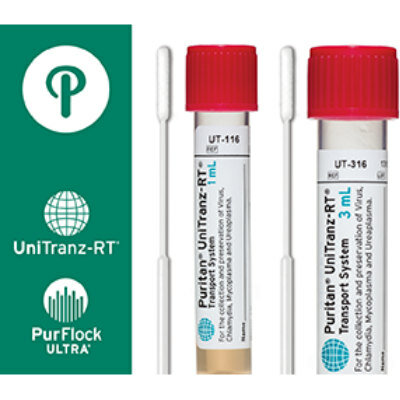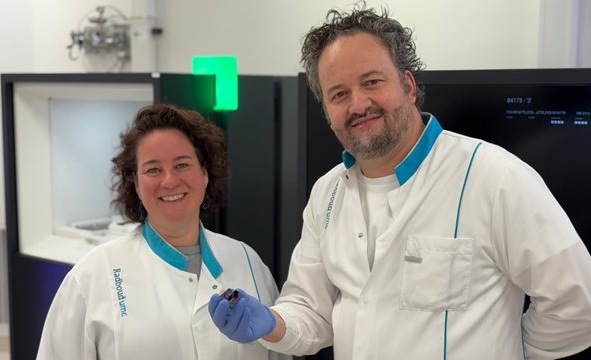Quantabio RT-qPCR Kit Given Expanded Role in CDC COVID-19 Testing Protocol
|
By LabMedica International staff writers Posted on 09 Jul 2020 |

Illustration
Quantabio’s (Beverly, MA, USA) UltraPlex 1-Step ToughMix has been recognized as part of the expanded emergency use authorization (EUA) for the Centers for Disease Control and Prevention (CDC) COVID-19 testing protocol.
Public health laboratories facing RNA extraction reagent supply shortages are now advised to use the amended protocol, which includes the one-step, reverse transcription and real-time quantitative PCR (RT-qPCR) kit that provides high assay efficiency, sensitivity and specificity in minimal reaction volumes and accelerated thermal cycling rates. The CDC first added Quantabio’s UltraPlex 1-Step ToughMix and qScript XLT 1-Step RT-qPCR ToughMix to its protocol for the 2019-Novel Coronavirus Real-Time RT-PCR Diagnostic Panel in April 2020. Due to the global shortage of nucleic acid extraction reagents, CDC recently amended the EUA protocol to include a heat treatment methodology, using UltraPlex 1-Step ToughMix, as a viable alternative to RNA extraction.
The UltraPlex 1-Step ToughMix is a ready-to-use, single-component, 4X concentrated master mix solution that delivers robust and reliable performance of highly multiplexed RNA detection assays with a wide range of inhibitory starting materials while maintaining very high sensitivity. The UltraPlex 1-Step ToughMix Kit contains all required components for RT-qPCR, except RNA template and, probe and is compatible with all dual-labeled probe chemistries. The simple workflow enables scientists to conduct first-strand cDNA synthesis and PCR amplification in the same, closed tube.
“Over the past seven years, Quantabio has actively supported development of testing protocols for influenza, polio and other infectious diseases,” said Heather Meehan, PhD, Vice President and Head of Quantabio. “Our expertise in enzyme development and large-scale production competencies have now been applied to COVID-19 testing solutions for commercial testing providers, state public health laboratories and molecular diagnostic tools companies in the US and around the world. The UltraPlex 1-Step ToughMix overcomes common PCR inhibitors, delivers superior performance and enables laboratories to continue testing for COVID-19 despite the global reagent supply issues.”
Related Links:
Quantabio
Public health laboratories facing RNA extraction reagent supply shortages are now advised to use the amended protocol, which includes the one-step, reverse transcription and real-time quantitative PCR (RT-qPCR) kit that provides high assay efficiency, sensitivity and specificity in minimal reaction volumes and accelerated thermal cycling rates. The CDC first added Quantabio’s UltraPlex 1-Step ToughMix and qScript XLT 1-Step RT-qPCR ToughMix to its protocol for the 2019-Novel Coronavirus Real-Time RT-PCR Diagnostic Panel in April 2020. Due to the global shortage of nucleic acid extraction reagents, CDC recently amended the EUA protocol to include a heat treatment methodology, using UltraPlex 1-Step ToughMix, as a viable alternative to RNA extraction.
The UltraPlex 1-Step ToughMix is a ready-to-use, single-component, 4X concentrated master mix solution that delivers robust and reliable performance of highly multiplexed RNA detection assays with a wide range of inhibitory starting materials while maintaining very high sensitivity. The UltraPlex 1-Step ToughMix Kit contains all required components for RT-qPCR, except RNA template and, probe and is compatible with all dual-labeled probe chemistries. The simple workflow enables scientists to conduct first-strand cDNA synthesis and PCR amplification in the same, closed tube.
“Over the past seven years, Quantabio has actively supported development of testing protocols for influenza, polio and other infectious diseases,” said Heather Meehan, PhD, Vice President and Head of Quantabio. “Our expertise in enzyme development and large-scale production competencies have now been applied to COVID-19 testing solutions for commercial testing providers, state public health laboratories and molecular diagnostic tools companies in the US and around the world. The UltraPlex 1-Step ToughMix overcomes common PCR inhibitors, delivers superior performance and enables laboratories to continue testing for COVID-19 despite the global reagent supply issues.”
Related Links:
Quantabio
Latest COVID-19 News
- New Immunosensor Paves Way to Rapid POC Testing for COVID-19 and Emerging Infectious Diseases
- Long COVID Etiologies Found in Acute Infection Blood Samples
- Novel Device Detects COVID-19 Antibodies in Five Minutes
- CRISPR-Powered COVID-19 Test Detects SARS-CoV-2 in 30 Minutes Using Gene Scissors
- Gut Microbiome Dysbiosis Linked to COVID-19
- Novel SARS CoV-2 Rapid Antigen Test Validated for Diagnostic Accuracy
- New COVID + Flu + R.S.V. Test to Help Prepare for `Tripledemic`
- AI Takes Guesswork Out Of Lateral Flow Testing
- Fastest Ever SARS-CoV-2 Antigen Test Designed for Non-Invasive COVID-19 Testing in Any Setting
- Rapid Antigen Tests Detect Omicron, Delta SARS-CoV-2 Variants
- Health Care Professionals Showed Increased Interest in POC Technologies During Pandemic, Finds Study
- Set Up Reserve Lab Capacity Now for Faster Response to Next Pandemic, Say Researchers
- Blood Test Performed During Initial Infection Predicts Long COVID Risk
- Low-Cost COVID-19 Testing Platform Combines Sensitivity of PCR and Speed of Antigen Tests
- Finger-Prick Blood Test Identifies Immunity to COVID-19
- Quick Test Kit Determines Immunity Against COVID-19 and Its Variants
Channels
Clinical Chemistry
view channel
Chemical Imaging Probe Could Track and Treat Prostate Cancer
Prostate cancer remains a leading cause of illness and death among men, with many patients eventually developing resistance to standard hormone-blocking therapies. These drugs often lose effectiveness... Read more
Mismatch Between Two Common Kidney Function Tests Indicates Serious Health Problems
Creatinine has long been the standard for measuring kidney filtration, while cystatin C — a protein produced by all human cells — has been recommended as a complementary marker because it is influenced... Read moreMolecular Diagnostics
view channel
Blood Test Accurately Detects Brain Amyloid Pathology in Symptomatic Patients
New research has reinforced the use of a novel blood test as a highly accurate tool for detecting brain amyloid pathology in symptomatic patients, helping healthcare professionals in diagnosing Alzheimer’s disease.... Read more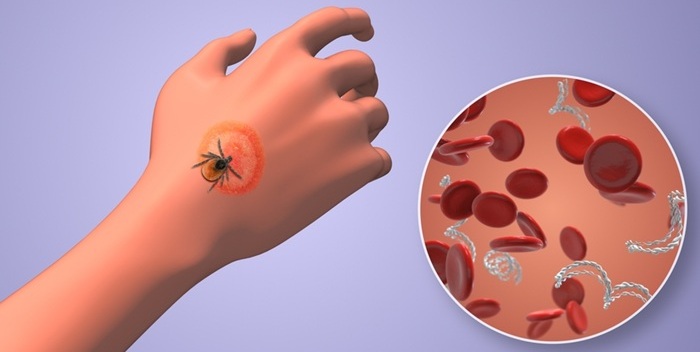
New Molecular Test Improves Diagnostic Accuracy of Lyme Disease
Diagnosing Lyme disease early remains one of the biggest challenges in infectious disease care. The condition is increasing across the United States, especially in the Northeast, although many patients... Read moreHematology
view channel
Platelet Activity Blood Test in Middle Age Could Identify Early Alzheimer’s Risk
Early detection of Alzheimer’s disease remains one of the biggest unmet needs in neurology, particularly because the biological changes underlying the disorder begin decades before memory symptoms appear.... Read more
Microvesicles Measurement Could Detect Vascular Injury in Sickle Cell Disease Patients
Assessing disease severity in sickle cell disease (SCD) remains challenging, especially when trying to predict hemolysis, vascular injury, and risk of complications such as vaso-occlusive crises.... Read more
ADLM’s New Coagulation Testing Guidance to Improve Care for Patients on Blood Thinners
Direct oral anticoagulants (DOACs) are one of the most common types of blood thinners. Patients take them to prevent a host of complications that could arise from blood clotting, including stroke, deep... Read moreImmunology
view channel
Chip Captures Cancer Cells from Blood to Help Select Right Breast Cancer Treatment
Ductal carcinoma in situ (DCIS) accounts for about a quarter of all breast cancer cases and generally carries a good prognosis. This non-invasive form of the disease may or may not become life-threatening.... Read more
Blood-Based Liquid Biopsy Model Analyzes Immunotherapy Effectiveness
Immunotherapy has revolutionized cancer care by harnessing the immune system to fight tumors, yet predicting who will benefit remains a major challenge. Many patients undergo costly and taxing treatment... Read moreMicrobiology
view channel
Rapid Assay Identifies Bloodstream Infection Pathogens Directly from Patient Samples
Bloodstream infections in sepsis progress quickly and demand rapid, precise diagnosis. Current blood-culture methods often take one to five days to identify the pathogen, leaving clinicians to treat blindly... Read more
Blood-Based Molecular Signatures to Enable Rapid EPTB Diagnosis
Extrapulmonary tuberculosis (EPTB) remains difficult to diagnose and treat because it spreads beyond the lungs and lacks easily accessible biomarkers. Despite TB infecting 10 million people yearly, the... Read more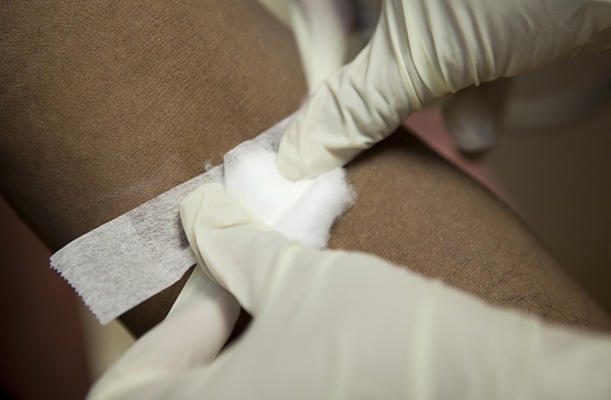
15-Minute Blood Test Diagnoses Life-Threatening Infections in Children
Distinguishing minor childhood illnesses from potentially life-threatening infections such as sepsis or meningitis remains a major challenge in emergency care. Traditional tests can take hours, leaving... Read more
High-Throughput Enteric Panels Detect Multiple GI Bacterial Infections from Single Stool Swab Sample
Gastrointestinal (GI) infections are among the most common causes of illness worldwide, leading to over 1.7 million deaths annually and placing a heavy burden on healthcare systems. Conventional diagnostic... Read morePathology
view channel
AI Tool Predicts Treatment Success in Rectal Cancer Patients
Artificial intelligence (AI) may soon help clinicians identify which rectal cancer patients are likely to respond well to treatment, using only the routine biopsy slides already obtained at diagnosis.... Read more
Blood Test and Sputum Analysis Predict Acute COPD Exacerbation
Chronic obstructive pulmonary disease (COPD) remains a major contributor to global illness, largely driven by cigarette smoking and marked by irreversible lung damage. Acute exacerbations can accelerate... Read more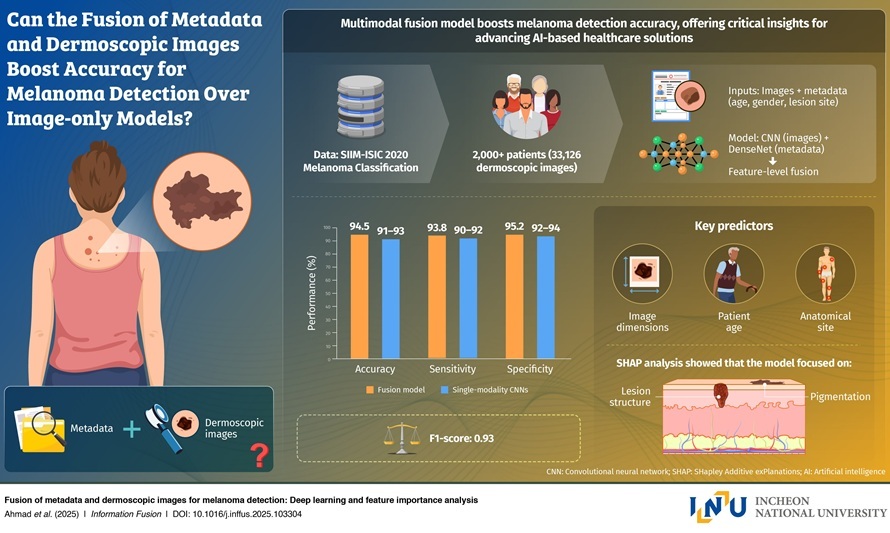
AI Tool to Transform Skin Cancer Detection with Near-Perfect Accuracy
Melanoma continues to be one of the most difficult skin cancers to diagnose because it often resembles harmless moles or benign lesions. Traditional AI tools depend heavily on dermoscopic images alone,... Read more
Unique Immune Signatures Distinguish Rare Autoimmune Condition from Multiple Sclerosis
Myelin oligodendrocyte glycoprotein antibody–associated disease (MOGAD) is a rare autoimmune disorder in which the immune system attacks the myelin sheath in the central nervous system. Although symptoms... Read moreTechnology
view channel
AI Saliva Sensor Enables Early Detection of Head and Neck Cancer
Early detection of head and neck cancer remains difficult because the disease produces few or no symptoms in its earliest stages, and lesions often lie deep within the head or neck, where biopsy or endoscopy... Read more
AI-Powered Biosensor Technology to Enable Breath Test for Lung Cancer Detection
Detecting lung cancer early remains one of the biggest challenges in oncology, largely because current tools are invasive, expensive, or unable to identify the disease in its earliest phases.... Read moreIndustry
view channel
Abbott Acquires Cancer-Screening Company Exact Sciences
Abbott (Abbott Park, IL, USA) has entered into a definitive agreement to acquire Exact Sciences (Madison, WI, USA), enabling it to enter and lead in fast-growing cancer diagnostics segments.... Read more





